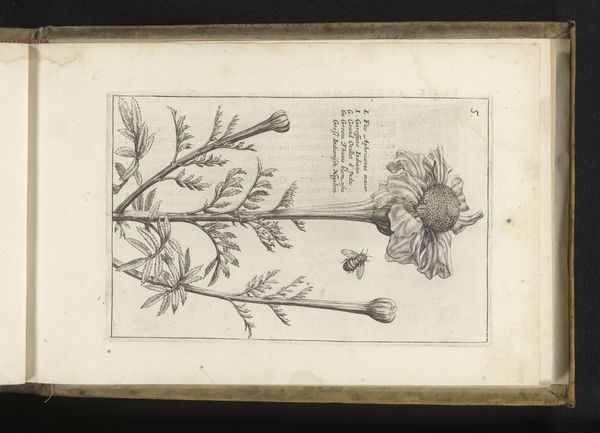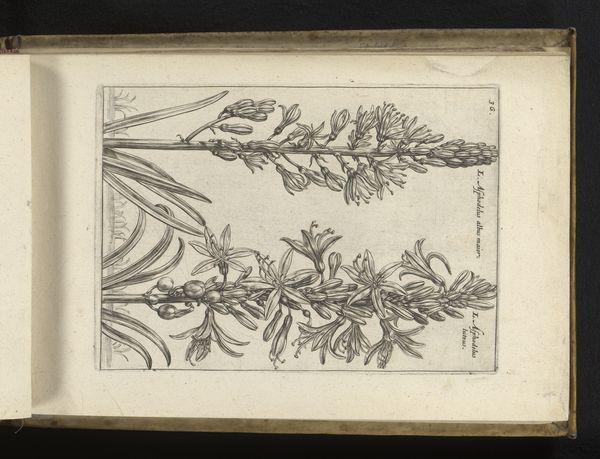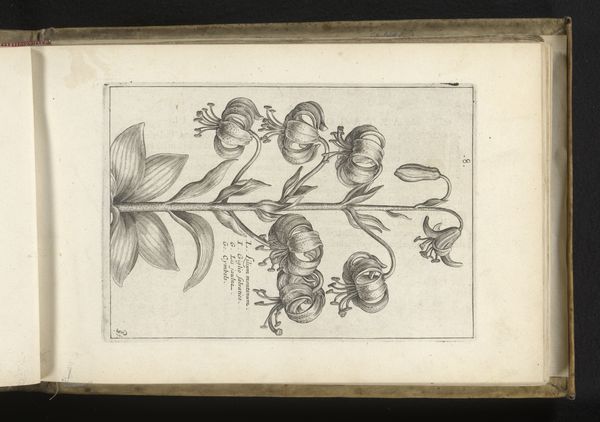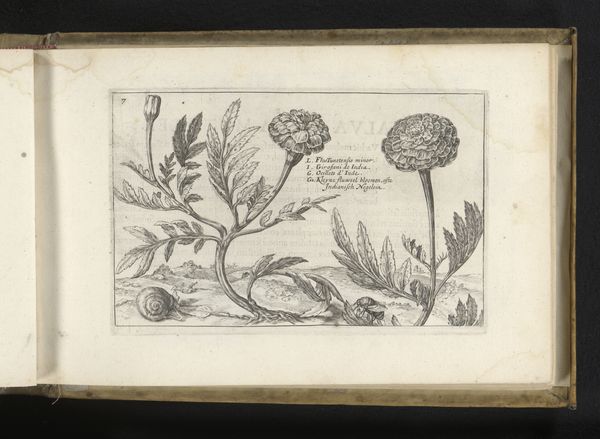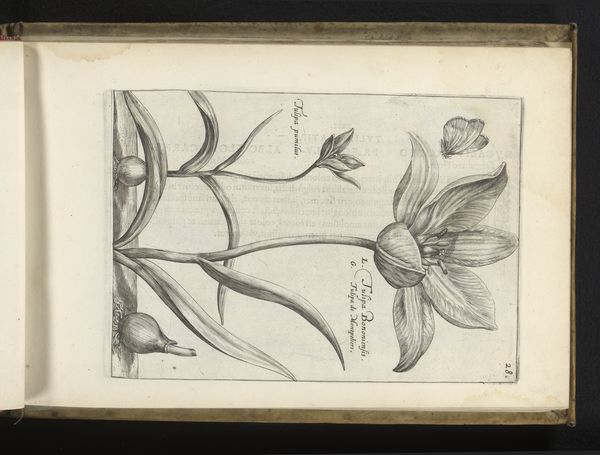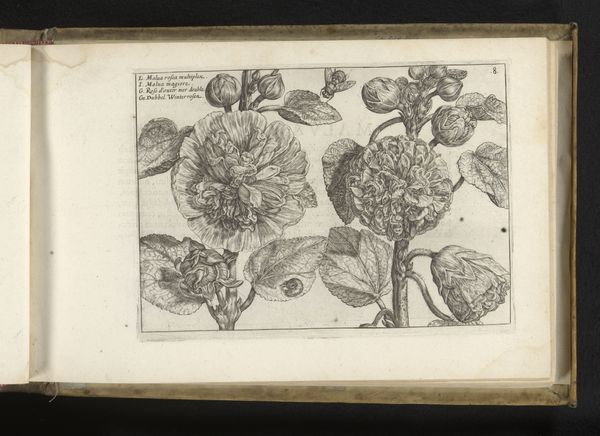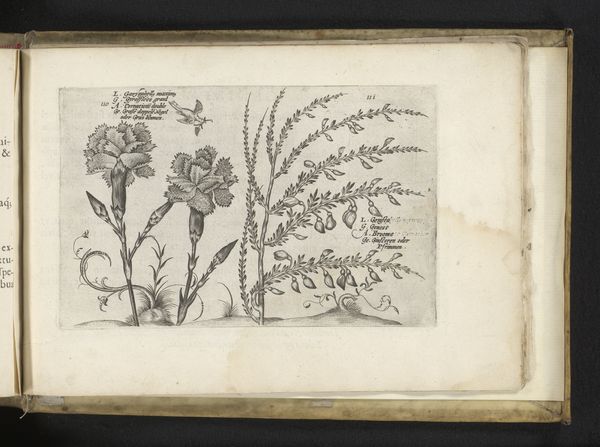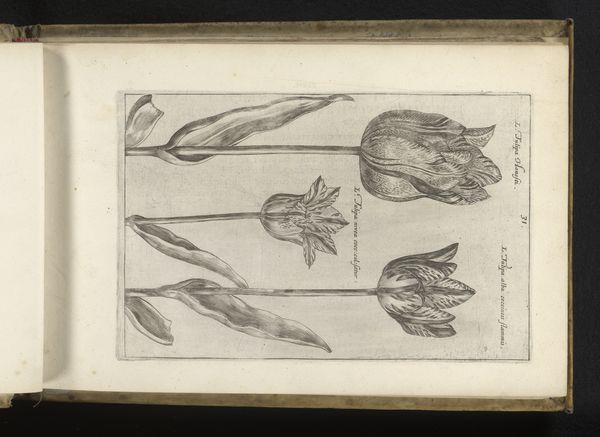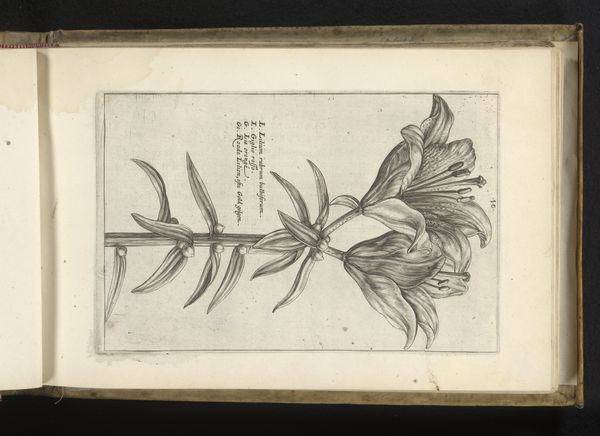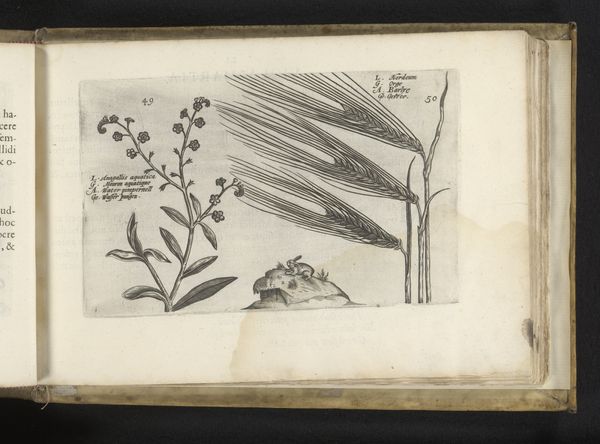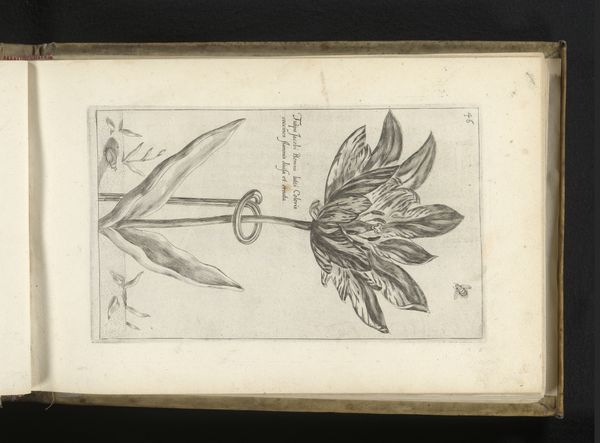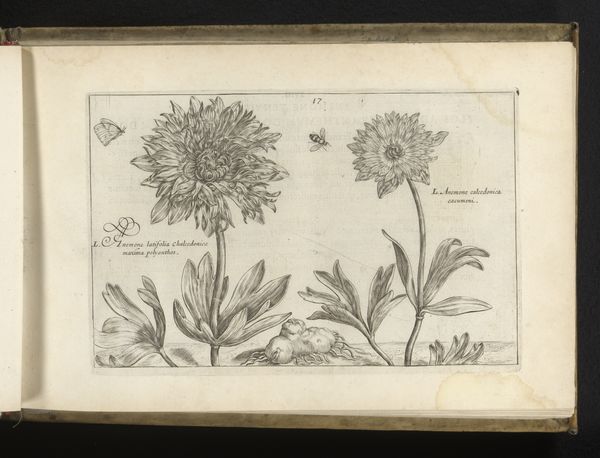
drawing, paper, ink
#
drawing
#
baroque
#
flower
#
paper
#
ink
#
academic-art
Dimensions: height 215 mm, width 137 mm
Copyright: Rijks Museum: Open Domain
Editor: So, here we have "Afrikaantje (Tagetes)", a drawing from 1617 by Crispijn van de Passe the Younger, rendered in ink on paper. It’s at the Rijksmuseum. It feels so meticulous and almost… scientific. What do you see in this piece that stands out to you? Curator: Ah, yes! More than just meticulous, to me it’s a testament to curiosity and the sheer joy of observing nature. You know, back then, botanical drawings weren't just pretty pictures. They were vital records, a way to understand and classify the world, and they often spoke to something deeper. Think of the flower as a little ambassador between worlds, a message whispered on the wind. Editor: That's beautiful. So, it’s about more than just accurately depicting a marigold? Curator: Precisely! Look at the way the ink captures the texture of each petal, the delicate veining of the leaves. Van de Passe isn’t just showing us what the flower looks like; he’s inviting us to really *see* it, to marvel at its intricacy, perhaps even consider its symbolism. What does a marigold mean to you? It has different associations for different cultures! Editor: I always thought of marigolds as, like, cheerful garden flowers, maybe a little… common. Curator: Perhaps. But “common” things hold beauty if you allow them! Consider the alchemists who sought secrets in humble herbs. There’s a kind of quiet magic here, don’t you think? And maybe that magic lives in the very act of seeing it, translating its silent language. Editor: That’s given me a totally different perspective on botanical art. It's about slowing down and finding wonder in the everyday, I guess. Thanks! Curator: And thank you for your insight. Perhaps next time you see a humble flower, you will discover universes.
Comments
No comments
Be the first to comment and join the conversation on the ultimate creative platform.
